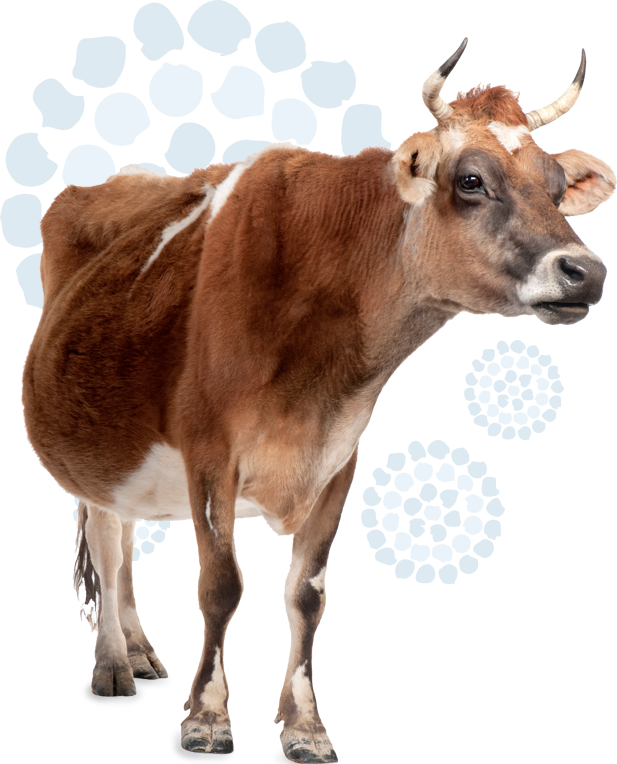Aquilón experimental approach and value proposition
is driven by two key innovations that combine with breakthrough potential:

The main advantages of the Ch-VLP platform are:
VLPs mimic real viruses but they are not infectious avoiding the issues related to pathogen inactivation and simplifying vaccines security tests.
DIVA is the coined acronym for Differentiating Infected from Vaccinated Animals, a key aspect in terms of disease management in livestock animals.
Vaccinated animals can be positively differentiated from infected animals using validated and cheap serological methods for the diagnostic of the poultry infectious bursal disease (IBD), or Gumboro disease, since the platform consists in inserting the antigenic sequences in the structural protein VP2 of the Gumboro virus, which has self-assembling properties thus allowing the formation of virus-like particles exposing the antigens of interest to the immune system.
On the other side, negative differentiation by the absence of antibodies against the protein p80 will be explored.
Potential co-development of companion diagnostic tests (because of avian-specific Gumboro virus antigens)
Vaccines can be constituted by a formulation of different Ch-VLPs monocomponents displaying different antigens (cellular, humoral or both)
Possibility to design synthetic antigenic consensus sequences covering different pathogen strains.
Low-cost production system (yeast)

